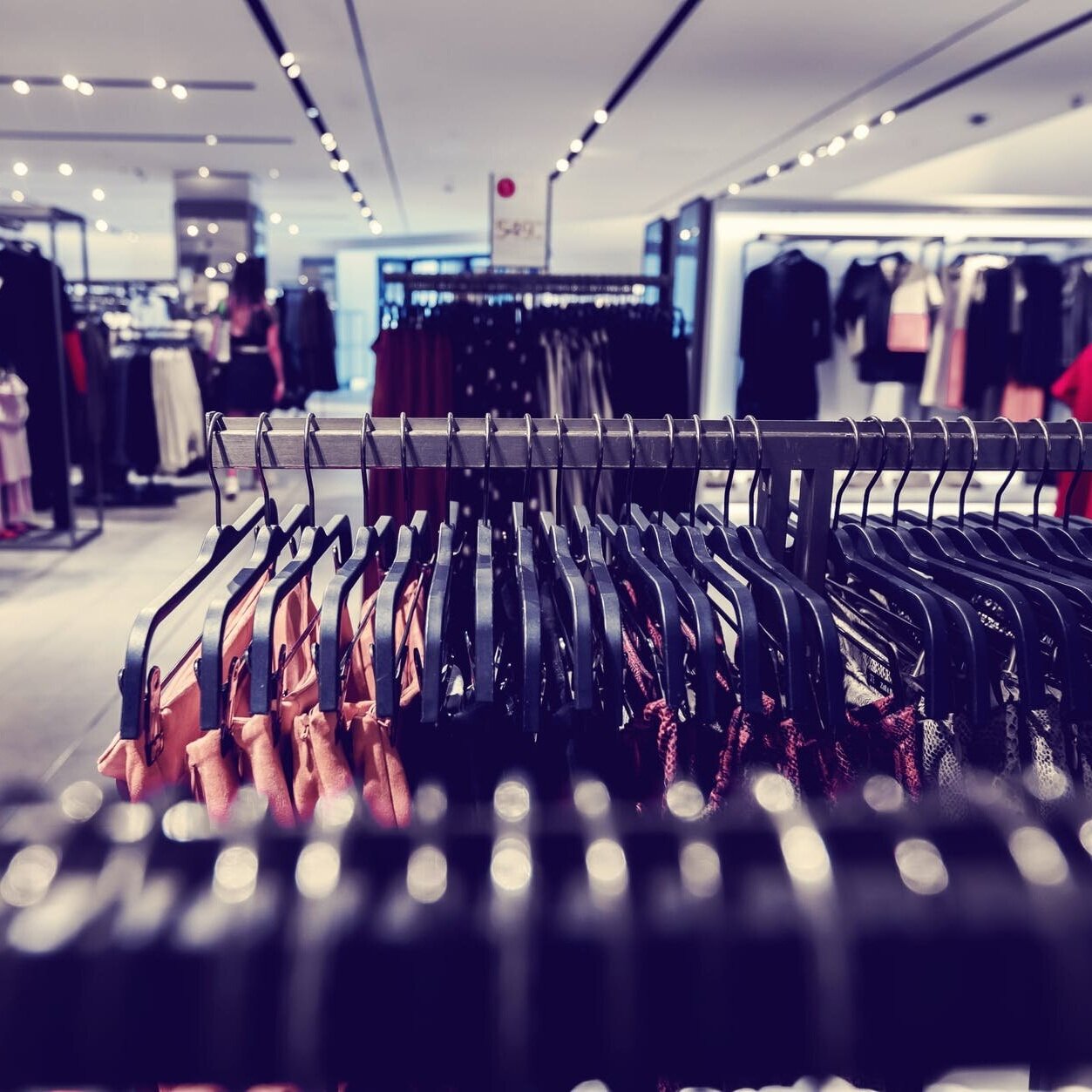Don’t feel badly if you don’t know much yet about RFID (radio frequency identification). Many retail gurus and journalists don’t either. This is somewhat shocking since several of the world’s largest retailers view this inventory management technology as critical to their future success. Some have now been using it for over 5 years.
In July of 2019 Nike’s CEO told Wall Street analysts that RFID was “quickly becoming the most important tool in Nike’s arsenal” to meet a person’s specific need at the exact right moment. Instantly connecting in-store shoppers and online shoppers to all available inventory within Nike’s stores and distribution network is a win for Nike and the customer alike.
RFID is by far most relevant today in stores that sell clothing. By no means, though, is its use restricted to the apparel category.
Think of RFID as an improved version of the barcode. But unlike barcodes, which need to be scanned individually, large numbers of RFID tags can be read rapidly. This lets retailers efficiently take stock of their stores each day. It also gives them a separate real-time view of each product’s salesfloor and stockroom quantity, something they have wanted for decades. Not only does this make it simpler to ensure the salesfloor is always properly stocked, it dramatically improves the accuracy of the inventory data driving the entire enterprise, including the company’s online business.
Prior to RFID, most clothing retailers were only able to correctly predict a specific store’s actual On Hand Quantity of a particular item (e.g. an orange sweater, size Medium) 60-70% of the time. To compensate for this, retailers usually apply a buffer. If the buffer is three units, they will only identify an item as being in-stock if their system says they have at least four units of that item present. Unfortunately, online shoppers who might have elected to purchase the item and pick it up at the store, or who would have considered visiting the mall to try on the item, are only exposed to a portion of the retailer’s actual on-hand inventory.
RFID-enabled stores can be thought of as Smart Stores. And a fleet of Smart Stores is more valuable — to consumers, the retailer and its landlords — than a fleet of traditional stores. A more detailed review of RFID’s benefits can be found here.
Who Is (And Isn’t) Using RFID?
Zara, H&M, Uniqlo, Lululemon, Levi’s, Ralph Lauren, Tommy Hilfiger, Macy’s and Target have many years of experience. In the athletic category, Nike and Adidas are the most advanced, but other brands are moving fast. Walmart is now using RFID in the apparel category in its US stores. And luxury houses like Gucci, Chanel and LVMH are making headway too.
But the real story, though, is the long list of retailers who have neglected to make these necessary upgrades. This is particularly true of midmarket specialty apparel retailers and department stores — which interestingly are among the most threatened by the long-term erosion of the middle class and are among the most impacted by the coronavirus pandemic.
Implications For Real Estate Professionals
Industry insiders should take note, for a variety of reasons. Current headlines about bankruptcies, store closings and retail disruption do not provide a complete picture. The “story behind the story” is always harder to discern.
At a time when Amazon is boosting its same-day shipping capabilities by opening up to 1,500 micro-fulfillment hubs, retailers must find ways to compete more effectively on the dimension of immediacy. Stores can no longer be looked at simply as destinations. To remain economically viable, they must also be capable of quickly accessing merchandise for same-day or overnight delivery.
If you own retail property, or are working for a company that does, then understanding whether a retailer is (or isn’t) operating Smart Stores will allow you to better assess that tenant’s short, medium and long-term financial viability. Ratings agencies like Fitch and Moody’s aren’t taking this Smart Store / Traditional Store dichotomy into account. This also has implications for tenant curation going forward. And if you represent the interests of a tenant, then you too stand to benefit from a more complete understanding of which retailers, and which retail properties, are in the best position to drive foot traffic.
Even before the pandemic hit, the rise in online shopping was making the trip to the store, or the mall, a more purpose driven exercise. Retailers who operate with the level of precision increasingly expected by consumers have bright futures ahead of them.
Written by: Marshall Kay
Marshall Kay is a retail strategy consultant and a member of Forbes.com’s team of writers on retail topics.



